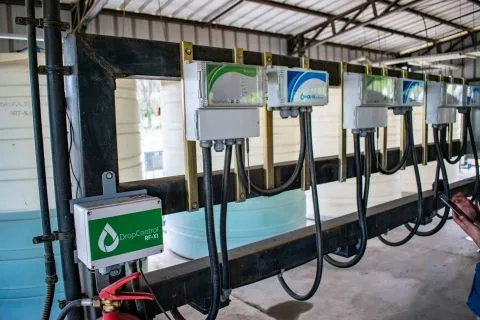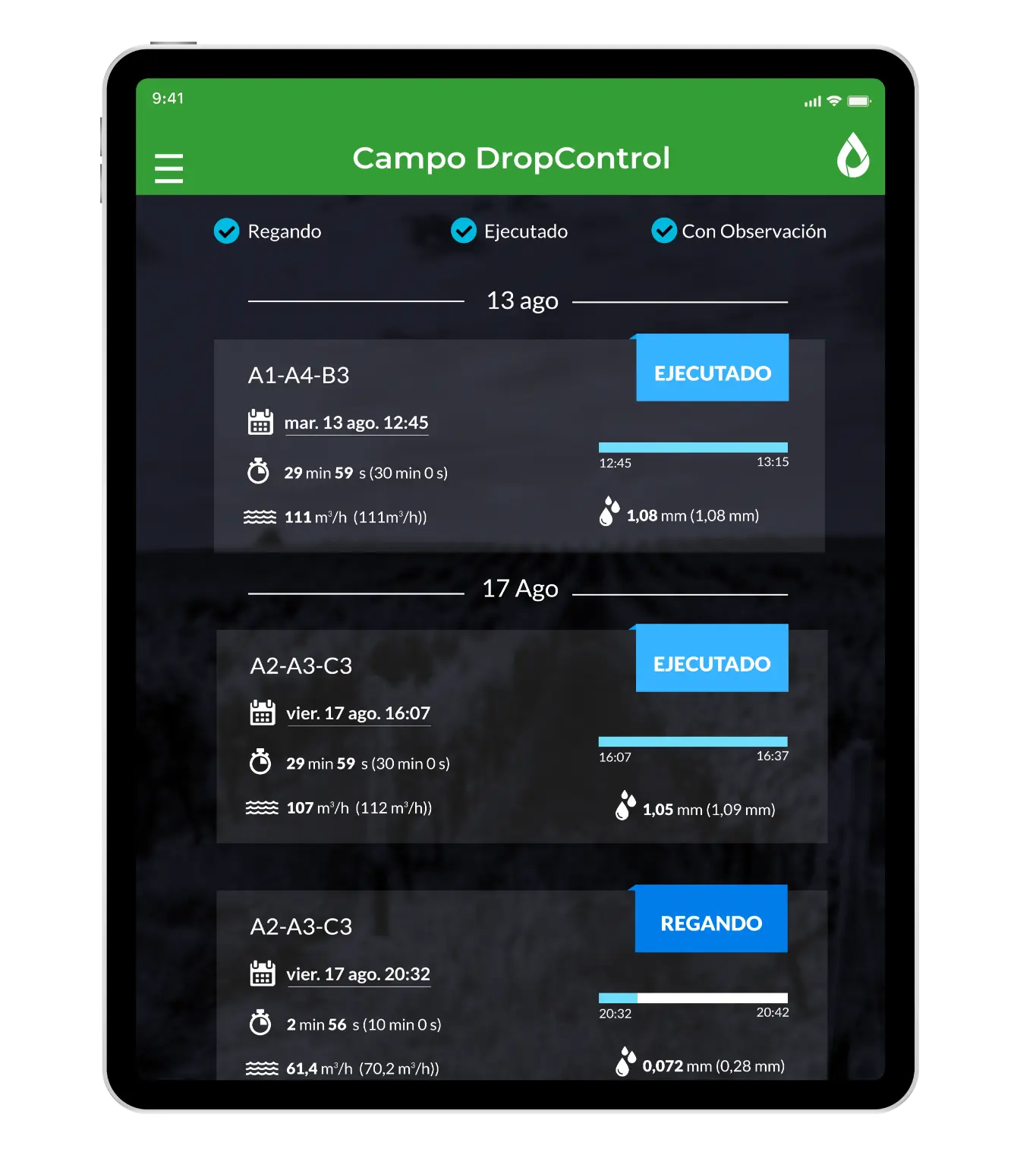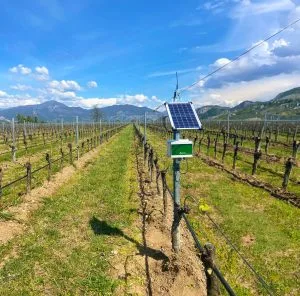
How Water Telemetry Systems Enhance Precision Agriculture in Large-Scale Irrigation
As agricultural operations scale up and water scarcity intensifies, the ability to apply irrigation with precision and control is more critical than ever. Water telemetry systems are rapidly becoming a cornerstone of modern precision agriculture. By providing real-time monitoring, remote management, and integration with advanced irrigation technologies, these systems help large-scale growers optimize every drop of water applied to their crops.
In this article, we explore the technical functions, benefits, and considerations of implementing water telemetry systems, with a focus on their role in high-efficiency, data-driven irrigation.
What Are Water Telemetry Systems?
A water telemetry system is an integrated network of sensors, communication nodes, and cloud-based software that enables real-time monitoring and remote control of irrigation systems. These systems consist of:
- Monitoring nodes (e.g., RF-M1 from WiseConn) that collect data on soil moisture, pressure, and flow rates.
- Control nodes (e.g., RF-V1 and RF-C1) that manage valve and pump operations.
- Cloud platforms (such as DropControl) that store, analyze, and visualize irrigation data for decision-making.
The primary role of water telemetry systems is to provide continuous, accurate data on irrigation performance and environmental variables. This empowers operators to:
- Make real-time adjustments
- Detect system anomalies (e.g., leaks, pressure drops)
- Automate complex irrigation schedules

Challenges in Large-Scale Irrigation Without Telemetry
Without telemetry, large-scale irrigation is prone to several operational risks and inefficiencies:
- Overuse of water resources: Manual or scheduled systems often apply water regardless of current soil moisture or weather conditions.
- Lack of real-time visibility: Operators may not detect system failures or water losses until significant crop damage or water waste has occurred.
- Operational inefficiencies: Labor-intensive monitoring, inconsistent application rates, and suboptimal timing increase operational costs.
These challenges lead to poor water use efficiency, lower yields, and increased environmental impact—outcomes that are no longer sustainable in modern agriculture.
How Telemetry Enhances Precision Agriculture
Water telemetry systems are integral to precision agriculture, particularly in large-scale operations where variability and scale magnify inefficiencies. Here’s how:
Accurate, Granular Water Usage Data
Telemetry provides per-zone water consumption insights. Systems like WiseConn’s RF-M1 monitor real-time flow and pressure, ensuring that irrigation volumes align with actual crop demand.
Remote Control and Intelligent Alerts
Control nodes such as RF-C1 or RF-V1 allow centralized, remote management of valves and pumps. Cloud platforms like DropControl deliver alerts for anomalies—low pressure, zero flow, or leaks—via app, SMS, or email, minimizing downtime.
Seamless Integration with Other Precision Tools
Modern water telemetry systems integrate with:
- Soil moisture probes
- Weather stations
- Fertigation controllers
- NDVI and satellite imagery platforms
This fusion of data enhances decision-making, allowing agronomists and growers to optimize water application based on both plant demand and environmental conditions.

Benefits for Distributors and End Users
For Distributors
- Value-added offerings: Telemetry enhances hardware sales with monitoring and automation capabilities.
- Upselling potential: Complementary products such as soil sensors or climate stations can be bundled.
- Customer retention: Remote diagnostics and performance analytics strengthen service contracts.
For Growers
- Reduced operational costs: Optimized scheduling reduces water, fertilizer, and energy use.
- Improved crop yield and quality: Data-driven irrigation supports uniform crop growth and reduces plant stress.
- Sustainability compliance: Precision irrigation aids in meeting regulatory water use standards.
Conclusion
Water telemetry systems are transforming large-scale irrigation by merging environmental intelligence with automated control. For distributors, they represent a high-tech, high-value solution to meet the evolving demands of their clients. For growers, telemetry delivers actionable data, real-time visibility, and measurable ROI through reduced waste and higher productivity.
Whether you’re seeking to differentiate your distribution portfolio or streamline your agricultural operations, adopting water telemetry systems is a strategic move toward smarter, more sustainable farming.



